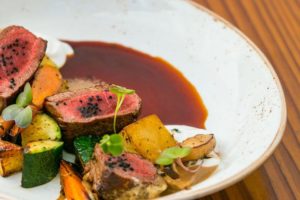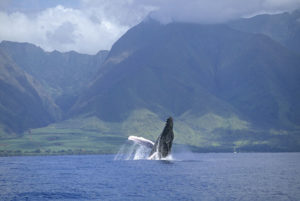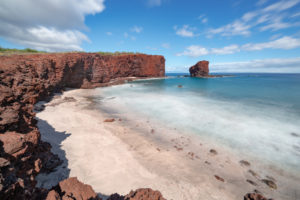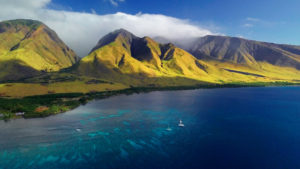HISTORY OF HULA: Long before statehood in 1959, the grass-skirted hula dancer, hips swaying, hands persuading, had emerged as the pop symbol of the Islands. Popularized by Hollywood, the ancient Hawaiian dance form was minimized and synthesized and brought to the Silver Screen by stars like Clara Bow, Shirley Temple, Dorothy Lamour, and even Minnie Mouse.
Free Hula Shows on Maui
Kā‘anapali Beach Hotel
2525 Kaʻanapali Pkwy,
Lahaina, HI 96761
Daily, 6:00pm
Lahaina Cannery Mall
1221 Honoapiilani Hwy
Lahaina, HI 96761
Saturdays and Sundays, 1:00pm – 2:00pm
Whalers Village
2435 Kaanapali Pkwy,
Lahaina, HI 96761
Sundays, 12:00pm – 12:30pm
Outlets of Maui
900 Front St,
Lahaina, HI 96761
every Monday, Thursday, and Saturday from 6:00pm to 7:00pm and Wednesdays from 5:30pm to 6:30pm
Hollywood barely skimmed the surface. In its authentic form, hula is the most powerful expression of indigenous Hawaiian culture that exists.
The chants that give reason to the dance and the music are, in essence, the oral history of Hawaii’s native people. Passed down from one Kumu hula (teacher) to another, the stories have survived Western contact, early missionary censure, U.S. take over, and statehood.
King David Kalakaua, who came to the throne in 1874, is credited with reviving the hula after it had been declared illegal at the insistence of Christian missionaries. But it was not until the 1970s and the beginning of the Hawaiian renaissance that hula in all its forms seriously exploded in the islands.
Hula is divided into two general categories — Kahiko (ancient) and ‘Auana (contemporary). Hula Kahiko is typically performed with percussion instruments, sticks and some wind instruments. Hula ‘Auana is usually performed with ukuleles, acoustic and steel guitars, and bass.
The Merrie Monarch Festival, named for King David Kalakaua, was established on the Big Island in 1971. It is the Olympics of hula and showcases the world’s top dancers. Held every year since 1964 at the Edith Kanaka’ole Stadium in Hilo, it has become the world’s premiere hula competition. Every year the festival is held in late March/early April. Tickets are hard to come by, but the event is televised making it possible for thousands to view highly accomplished dancers performing both ancient and modern hula.
The festival is named for King Kalakaua, the last monarch of the Hawaiian Islands, because of his love of dance and music. Kalakaua was nicknamed, “the Merrie Monarch.” At his coronation, in 1883, hula was danced in public, ending sanctions imposed by missionaries.
Since the reign of Kalakaua, hula has regained its role as a respected art form, with dancers devoting years to developing the necessary discipline and style.
The Merrie Monarch Festival has played a significant role in preserving the integrity of the chants and dance that make hula a centerpiece of Hawaiian culture. Scores of festivals and competitions have been inspired by the Merrie Monarch, both here and on the Mainland. Hula halau (schools) attract dancers from both genders and all ethnic backgrounds.
For the serious dancer, hula is a long and intense commitment, not at all a reflection of Hollywood’s cellophane picture.








